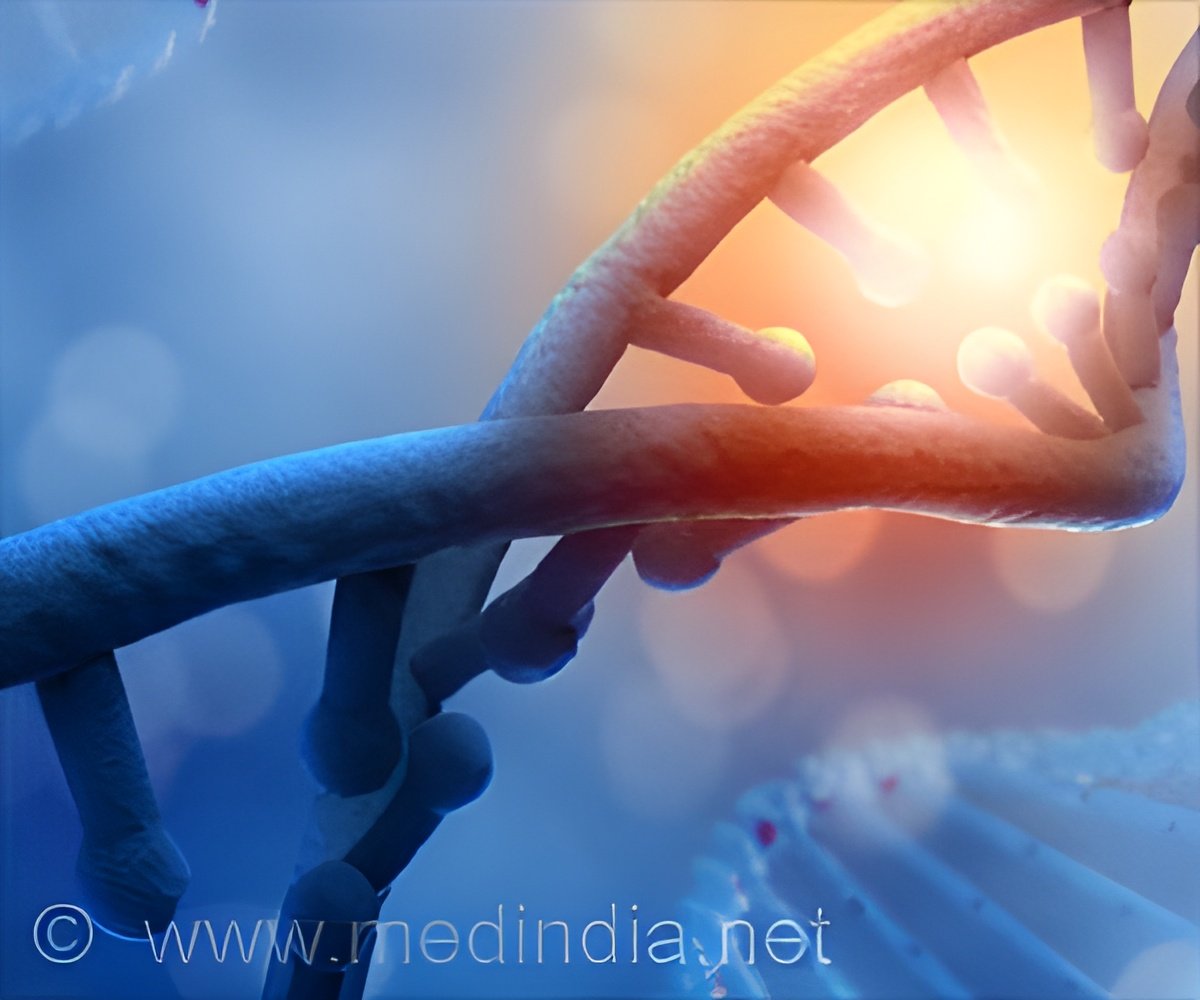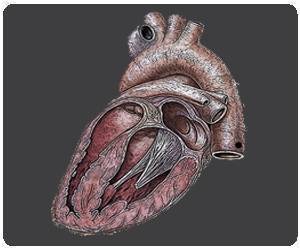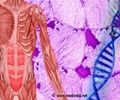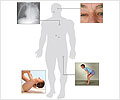
‘Mutations in a specific gene, called MY018B, have recently been found to be present in people exhibiting symptoms of nemaline myopathy, a disease which affects skeletal muscles.’
Tweet it Now
An international research team, led by Professor Philip Ingham FRS, inaugural Director of the University of Exeter's Living Systems Institute -- has taken the first steps in determining the central role a specific gene mutation in a poorly characterised human myopathy. One particular type is nemaline myopathy, which primarily affects skeletal muscles and can lead to sufferers experiencing severe feeding and swallowing difficulties as well as limited locomotor activity.
Mutations in a specific gene, called MY018B, have recently been found to be present in people exhibiting symptoms of this disease, but the role these mutations play in muscle fibre integrity has until now been unclear.
In this new research, the Ingham team, based in Singapore and Exeter, has used high-resolution genetic analysis to create a zebrafish model of MYO18B malfunction; this research takes advantage of the remarkable similarity between the genomes of zebrafish and humans, -- which have more than 70 percent of their genes in common.
The Singapore/Exeter team found that the MYO18B gene is active specifically in the 'fast-twitch' skeletal muscles of the zebrafish, typically used for powerful bursts of movement. Crucially, by studying fish in which the MYO18B gene is disrupted, they were able to show that it plays an essential role in the assembly of the bundles of actin and myosin filaments that give muscle fibres their contractile properties.
Advertisement
Source-Eurekalert















